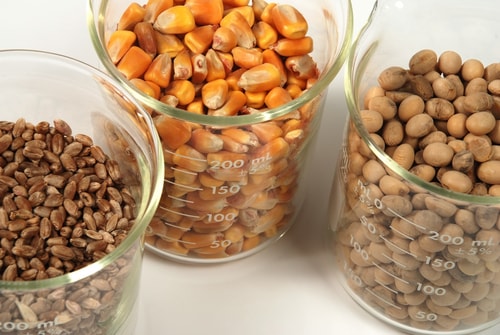Wheat production up 1.3 percent in the United States
By Diego Flammini
Assistant Editor, North American Content
Farms.com
The United States Department of Agriculture (USDA) released its World Agricultural Supply and Demand Estimates report (WASDE) for February on Tuesday.
The report includes different commodities from around the world but the focus here will be on the United States and Canada’s production of corn, soybean and wheat.

Wheat
The WASDE report estimates that 735.8 million tons of corn will be produced in 2015/16, representing a 0.1 percent increase from the January WASDE.
The United States is estimated to produce 55.8 million tons, while it’s suggested Canada will produce about 27.6 million tons – a 6.2 percent decrease from 2014/15.
The average market price for wheat could be between $4.90 and $5.10 per bushel – a 16.5 percent drop from 2014/15.
Corn
Global production for corn is estimated to be about 970.1 million tons, which is a 3.9 percent decrease from 2014/15.
The United States is forecast to produce about 345.5 million tons – down 4.3 percent from 2014/15. On the other hand, Canada’s corn production is forecast to increase by 18.4 percent from 11.5 million tons in 2014/15 to 13.5 million tons in 2015/16.
The average market price for corn would range from $3.35 to $3.85 per bushel – a drop of 2.7 percent from 2014/15.
Soybean
World soybean production is estimated at 320.5 million tons for 2015/16, an increase of 0.5 percent from 2014/15.
The United States is forecast to account for 107 million tons while Canada didn’t factor into the WASDE’s soybean statistics.
The average price per bushel of soybean could range from $8.05 to $9.55 – a drop of nearly 13 percent from 2014/15.
Farms.com Risk Management’s Managing Commodity Strategist Moe Agostino hosted a detailed WASDE webinar breakdown and provided tips for farmers to consider this year.
The next WASDE report is due out on March 9.